OpenAI, a prominent artificial intelligence (AI) research organization based in the United States, has recently introduced its latest AI endeavor, Sora.
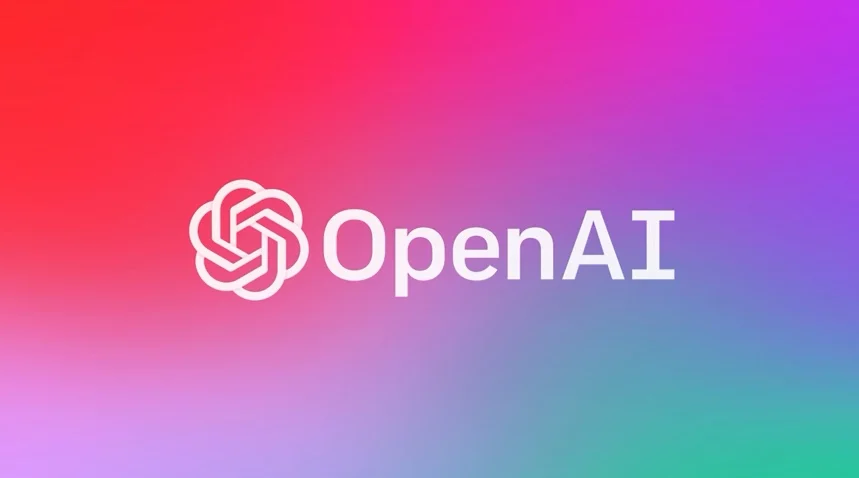
This innovative project promises to revolutionize content creation by enabling the generation of photorealistic videos from text instructions, setting a new benchmark in AI technology.
OpenAI Embarks on Training AI for Video Production
In a recent announcement, OpenAI unveiled its initiative to “educate AI on comprehending and replicating physical movement, aiming to aid in real-world problem-solving.”
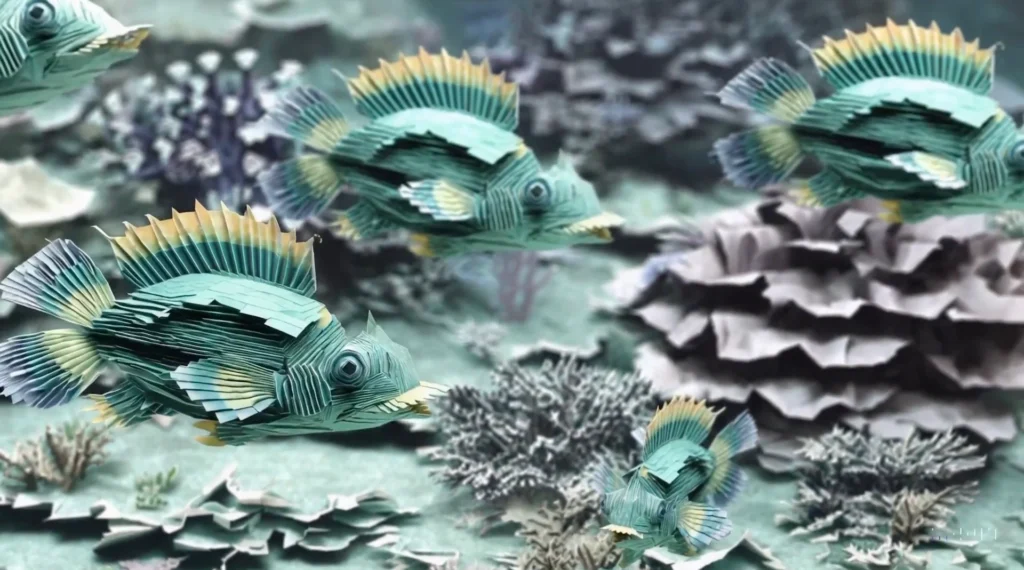
Named Sora, this text-to-video model seeks input from the AI sphere on its advancements. But what exactly is Sora?
What Is Sora?
Sora represents a significant leap forward in AI capabilities, offering the ability to generate intricate scenes with multiple characters, dynamic motion, and detailed environments.
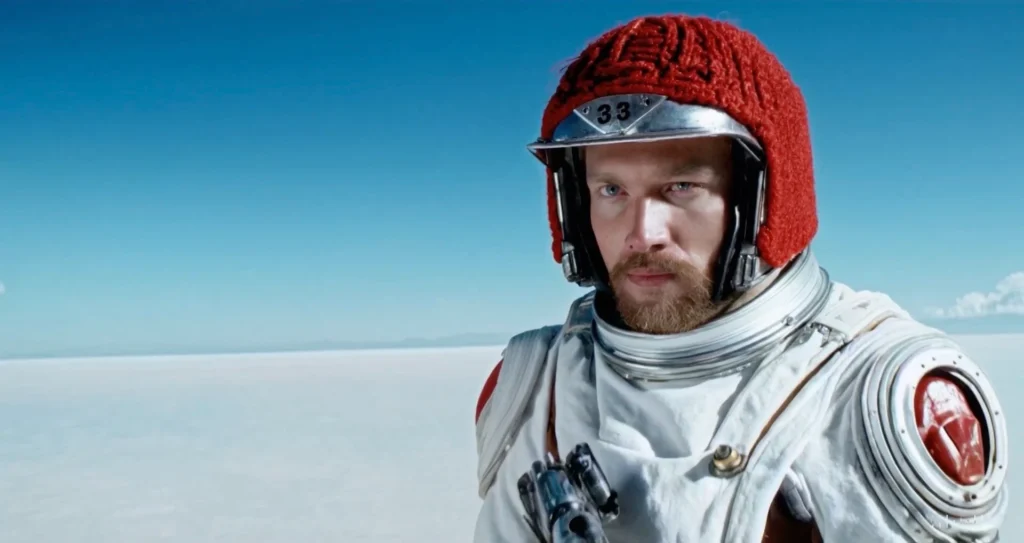
According to OpenAI’s announcement, Sora can comprehend the physical world and accurately interpret text prompts to create compelling visual narratives.
Unlocking Sora’s Potential
Sora’s capabilities extend beyond video creation from prompts. Users leverage Sora to animate still images, fill video gaps, or elongate them. OpenAI’s recent demonstration highlights Sora’s remarkable prowess.

Although Google and Runway offer text-to-video tools, Sora distinguishes itself with lifelike visuals and the capacity to generate longer clips. This outshines competitors’ capabilities, making Sora a promising innovation in AI-driven content creation.
How Does Sora Work?
Unlike conventional text-to-image AI models, Sora produces lifelike videos based on user-provided prompts. Users input text instructions, which Sora translates into vivid, photorealistic video sequences.
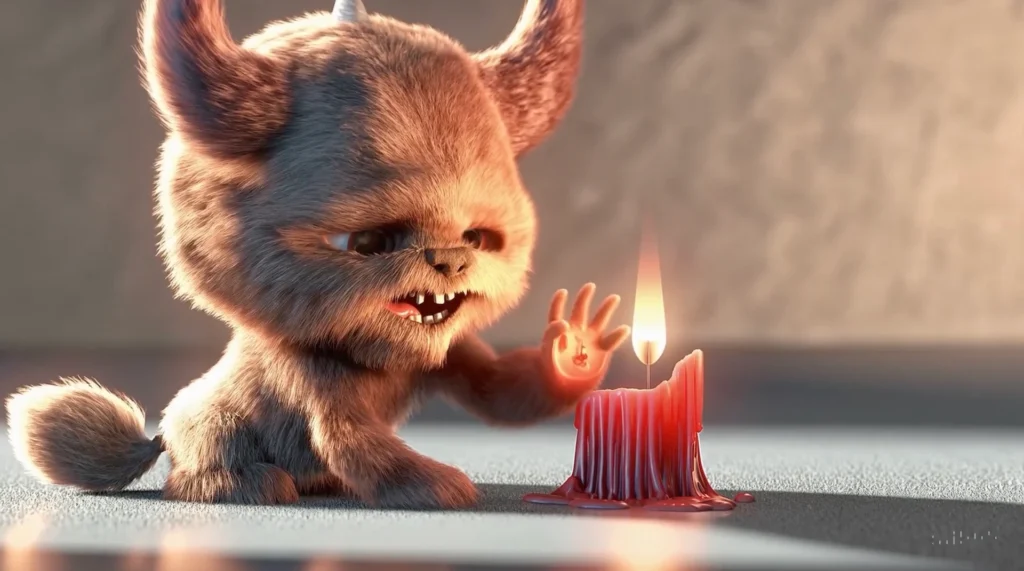
Additionally, Sora can breathe life into static images, fill missing frames in existing videos, or extend their duration, showcasing its versatility and potential applications.
Sora’s Rendering Time Takes as Long as a Lunch Break
The researchers behind Sora did not share with Levy how long it takes to render these text-to-video prompts. However, they did share a ballpark estimate, saying a user could go out for a burrito and return to a rendered video.
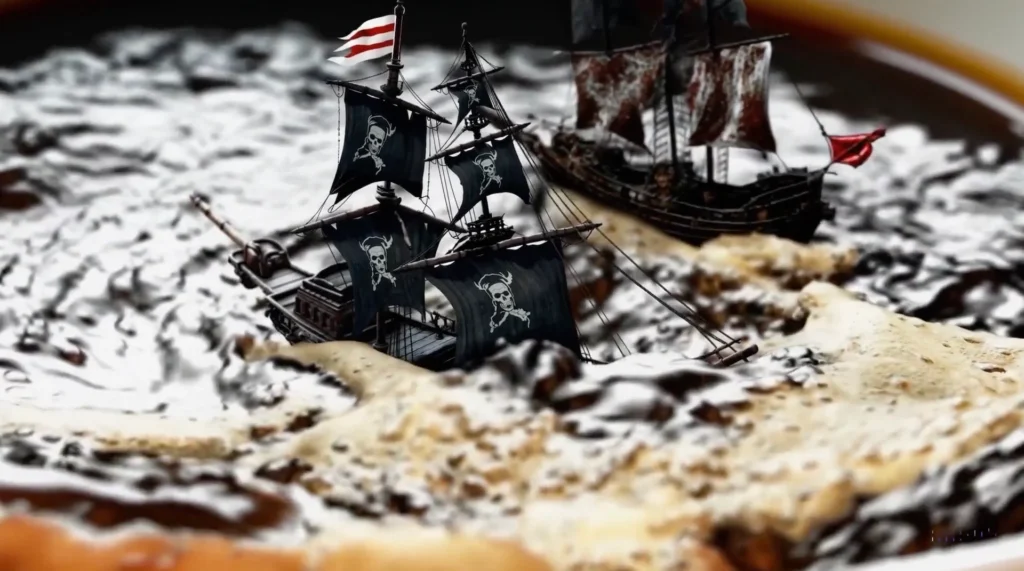
While this is impressive, some limitations to the AI model are already apparent.
Challenges and Limitations
While Sora demonstrates remarkable capabilities, it is not without its challenges. The rendering process can be time-consuming, with longer videos taking considerable time to generate.
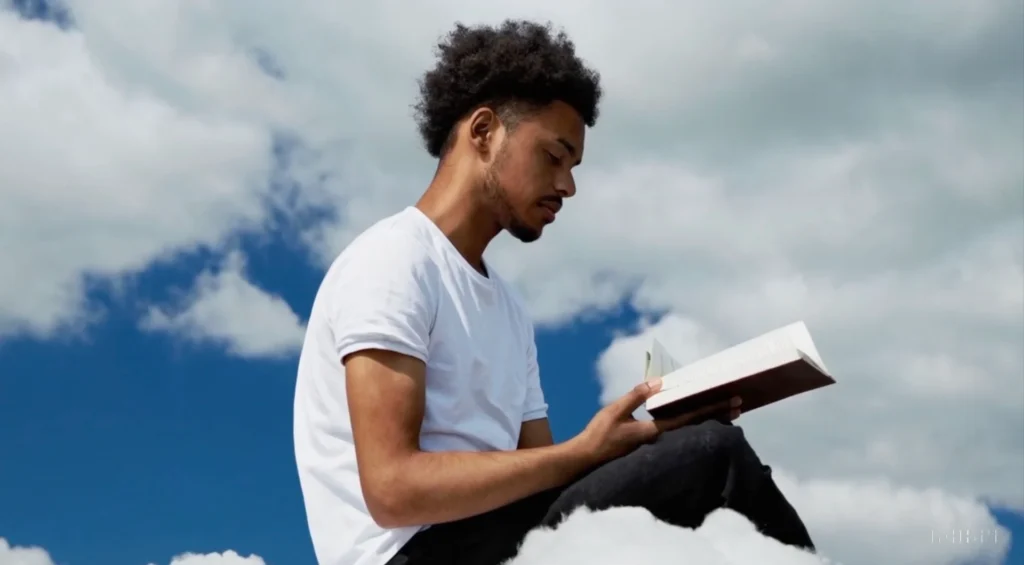
Furthermore, Sora’s photorealism may be marred by occasional glitches, such as inconsistencies in virtual camera movements or limitations in replicating emotions in close-up shots.
POLL — Is Artificial Intelligence a Net Positive or Negative for Mankind?
The AI Face Problem Persist
Levy notes that Sora is shying away from close-ups of generated characters beyond the main character(s). This becomes a problem because the close-up, which is a type of shot that tightly frames a person or object, is a powerful tool for filmmakers as it shows the nuances of a character’s emotions.

If Sora boasts that it can “generate compelling characters that express vibrant emotions,” then it should be able to do so in the close-up.
Sora Is Learning How to Do Some Things on Its Own
Despite Sora’s shortcomings, the AI model is constantly learning and evolving as more and more prompts are fed to it. In one clip that depicts “an animated scene of a short fluffy monster kneeling beside a red candle,” Sora created a Pixar-esque monster with complex fur texture that Pixar made a big deal about when “Monsters, Inc.” debuted in 2001

“It learns about 3D geometry and consistency,” says Tim Brooks, a research scientist on the project. “We didn’t bake that in — it just entirely emerged from seeing a lot of data.”
Continuous Learning and Evolution
Despite its imperfections, Sora is a product of ongoing learning and evolution. As more data is fed into the AI model, it continues to refine its abilities and address shortcomings.
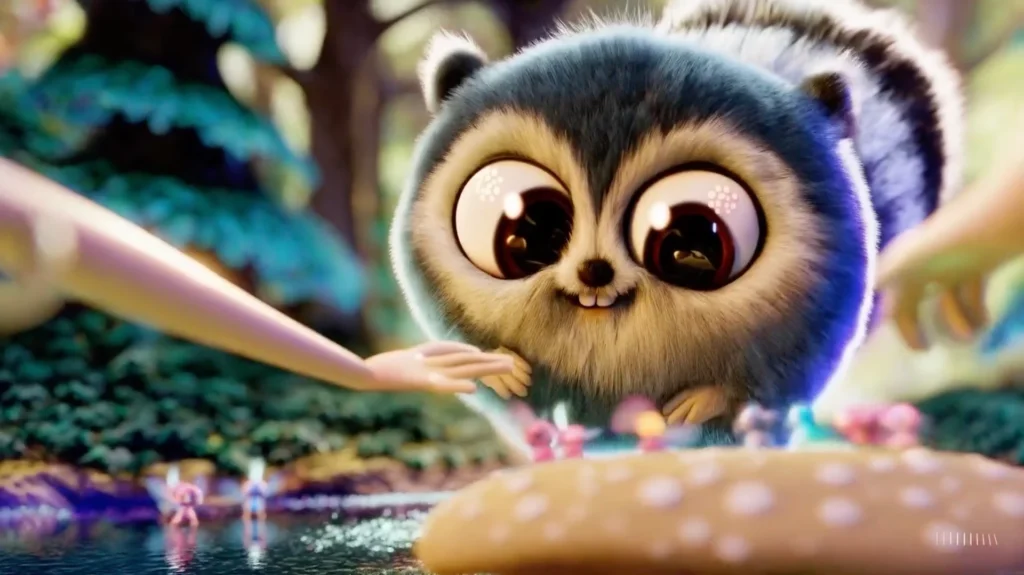
Researchers emphasize that Sora’s understanding of cinematic language and storytelling is steadily improving, paving the way for more sophisticated video generation.
Availability and Future Prospects
Currently, select individuals, including visual artists, designers, and filmmakers, are evaluating Sora to gather feedback and assess potential risks. However, there is no definitive release date for its public availability.
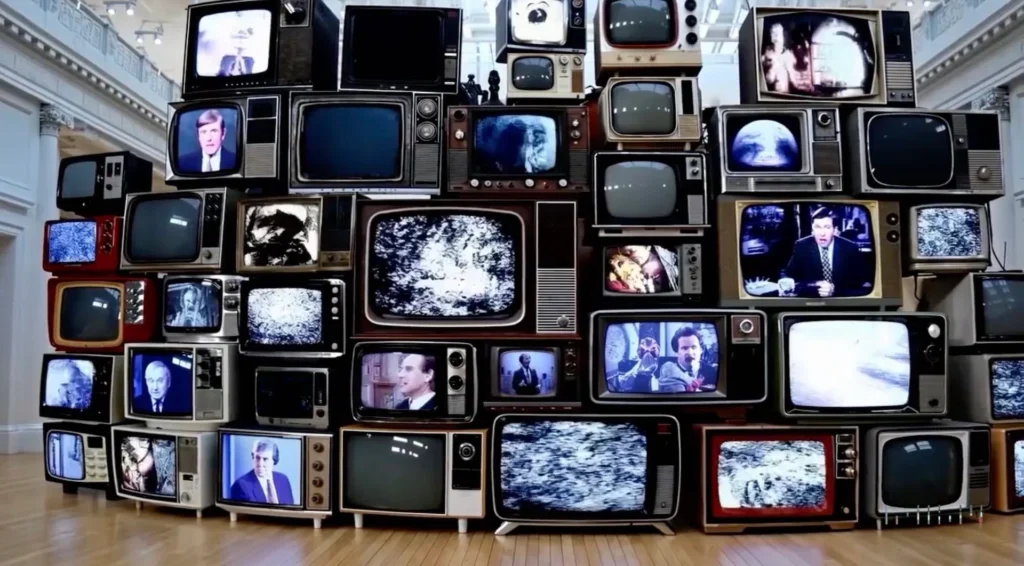
Nonetheless, Sora’s emergence heralds a new era in AI-driven content creation, with the potential to reshape the landscape of filmmaking and digital media.
In conclusion, Sora represents a groundbreaking advancement in AI technology. It offers unprecedented capabilities in video generation. While challenges and uncertainties remain, the future implications of Sora’s development are bound to intrigue content creators and AI enthusiasts alike.
You Might Also Like:
Late “Friends” Star Matthew Perry Leaves $1 Million Trust Named After “Annie Hall” Character
Oklahoma City Residents Face Tough Decision After Electing a White Nationalist
Katie Britt Claims Mike Johnson Told Her To Ignore the “Horror Stories” Ahead of SOTU Rebuttal
Police Arrests Two, Declares Two Wanted Over SEPTA Bus Stop Mass Shooting
University of Missouri Student Goes Missing After Leaving Nashville Bar During Fraternity Trip

